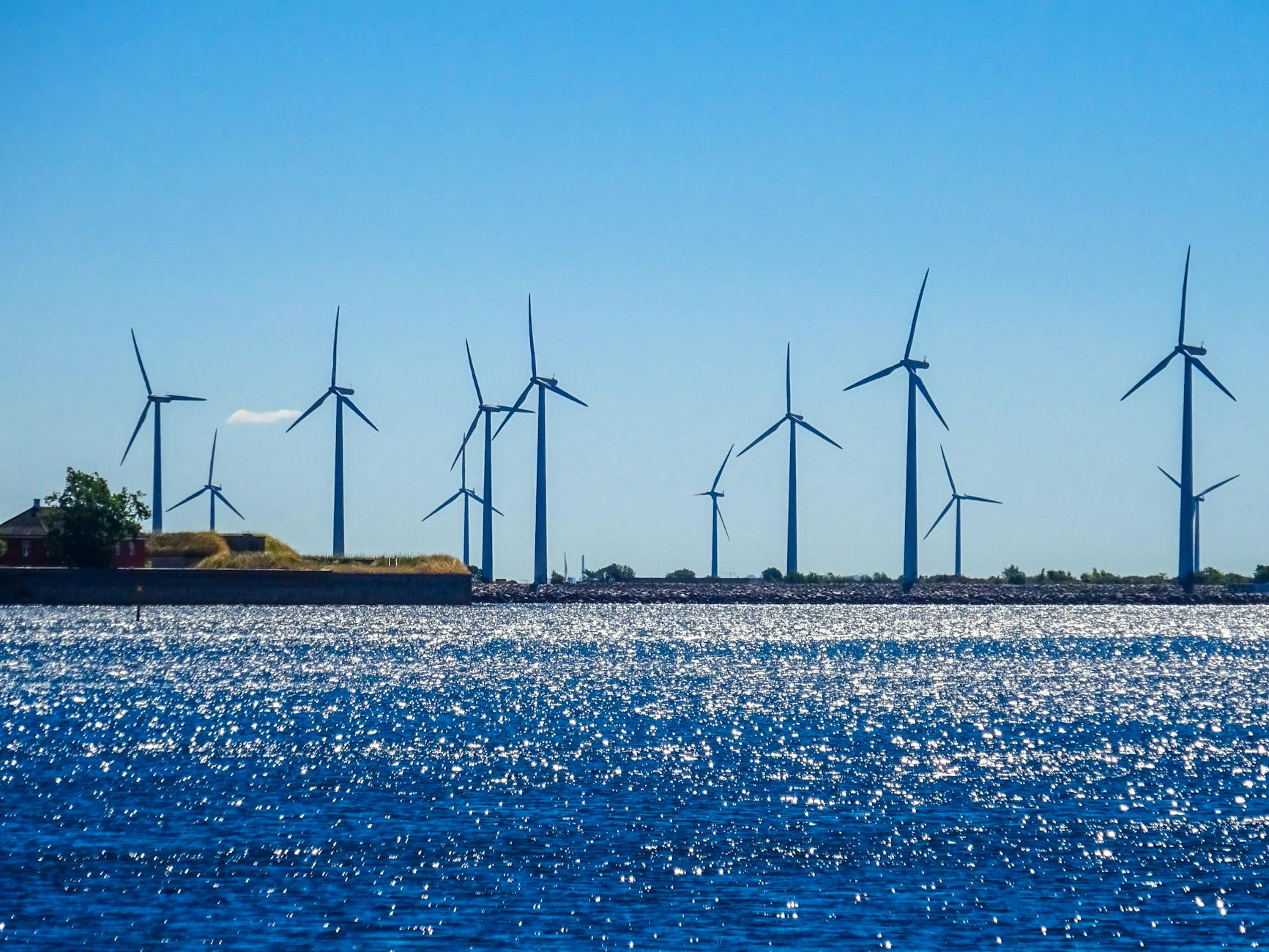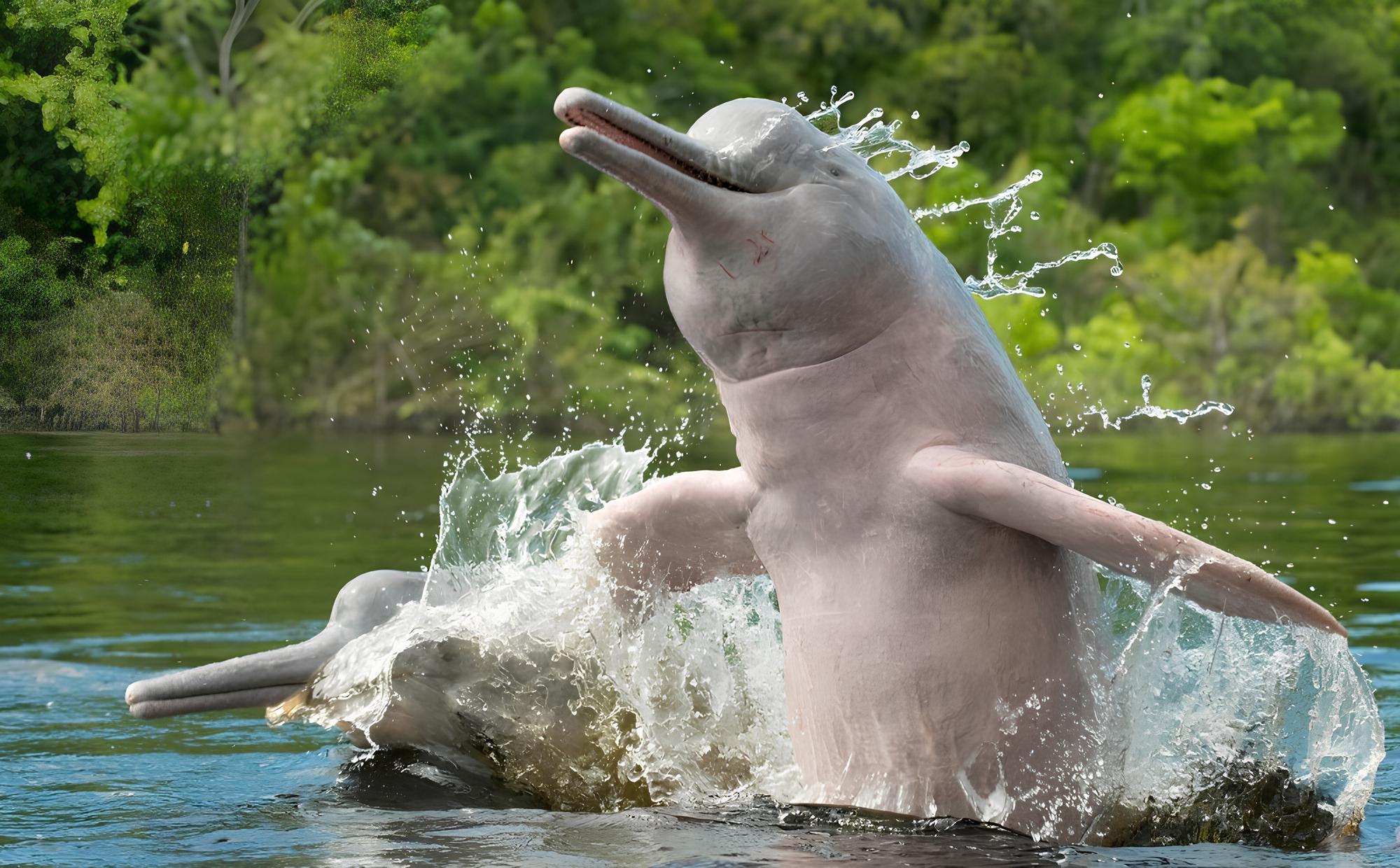Since the beginning of the Industrial Revolution, the search for renewable and sustainable energy sources has intensified as the environmental impacts of traditional energy sources have become increasingly evident. In this context, offshore wind energy has stood out as a promising alternative, capable of meeting the growing demand for clean energy and at the same time offering innovative investment opportunities.
What is offshore wind energy?
In the context of wind energy, the term “offshore” refers to wind farms located offshore, usually in deep waters. Unlike onshore turbines, offshore turbines are subject to stronger, more consistent winds, which makes them a more efficient and reliable source of energy.
Furthermore, installing turbines at sea avoids the visual and acoustic impact associated with land-based turbines, which makes them much better for the population, as they will not be installed in habitable areas.
Technological advances
With the advancement of technology, these types of wind farms have become more robust and efficient. Turbines are now capable of handling extreme weather conditions such as storms and hurricanes, making them safer and more reliable in marine environments. Furthermore, the turbines' anchoring and support systems have been improved to ensure the stability and durability of the structures.
Another significant advance in offshore wind energy is the use of turbines of greater capacity and height. Modern turbines have longer blades and self-adjusting mechanisms to capture more wind and generate more power. Furthermore, turbine installation and maintenance platforms have also evolved, making the construction and operation of offshore wind farms more efficient and economical.

Investment opportunities
With the continued growth of the renewable energy market, offshore parks offer attractive investment opportunities. Companies specializing in the construction and operation of offshore wind farms are seeking investors to finance ambitious projects around the world.
Brazil, for example, has great potential to lead the world energy transition using offshore wind energy. This is the vision of the Brazilian Wind Energy Association (ABEEolica), which participated in a panel at COP27, in Egypt. The entity highlighted that the country already has 170GW of projects with a licensing request from Ibama and that offshore wind can bring economic, social and environmental benefits.
Conclusion
In conclusion, offshore wind energy represents a significant evolution in the renewable energy sector, offering environmental, economic and social benefits. With continuous technological advances and increasingly attractive investment opportunities, this type of clean energy stands out as a viable option for a more sustainable and prosperous future.
References
What is offshore wind energy – Iberdrola
Offshore wind is Brazil's bet to consolidate the energy transition (www.gov.br)




